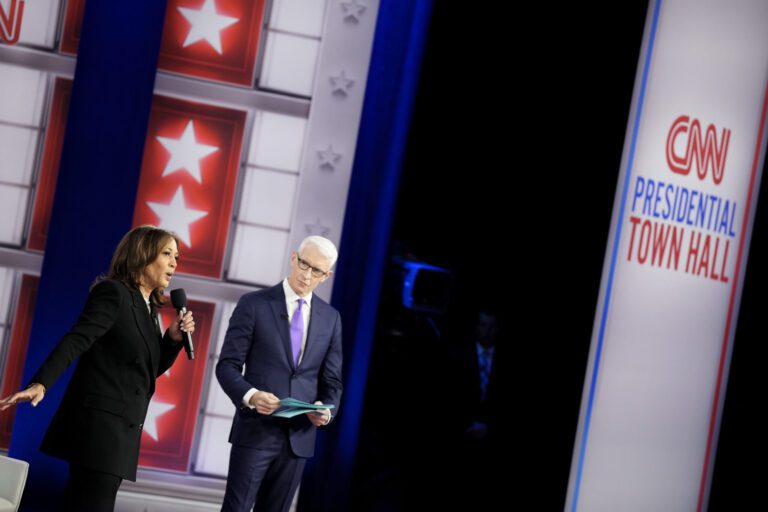Americans Shift Toward Democratic Party Amid Low Favorability Ratings
Recent data from Gallup indicates a significant shift in party affiliation among Americans, highlighting a notable trend as citizens lean back toward the Democratic Party following several quarters of Republican dominance. However, this shift comes at a time when the Democratic Party faces historically low favorability ratings.
Key Findings from Gallup’s Second-Quarter 2025 Polling
Affiliation Trends
- Democratic Leaning: 46% of American adults now identify as Democrats or independents leaning Democratic.
- Republican Leaning: 43% identify as Republicans or lean Republican.
This transition marks a comeback for the Democratic Party after Republicans held a four-point lead in late 2024.
Insights on Independents
Gallup notes a crucial factor in this shift:
“The partisan shifts this year are primarily seen in the partisan leanings of political independents, whose temporary loyalties could easily change.”
- Interestingly, while the number of individuals identifying as Democrats has decreased slightly, the proportion of independents leaning Republican has also fallen.
- This reflects the increasing influence of independents on party affiliation trends, showcasing the fluid nature of political alignments in the U.S.
Favorability Ratings: A Cause for Concern
Despite the increase in Democratic leanings, the party’s favorability rating has plummeted to 34%, the lowest since these metrics began in 1992. The previous record low was 36% in November 2014.
Comparative Ratings
- Democratic Party: 34% favorable
- Republican Party: 38% favorable (down from 44% in November 2024)
Among Democrats, only 73% report a favorable opinion of their party, a significant drop from 87% last November.
Public Perception Among Independents
- Just 27% of independents view the Democratic Party favorably, compared to only 28% for the Republican Party.
Competency Ratings: Partisan Divides
When it comes to perceived effectiveness in managing the federal government:
- Democratic Party: 35% believe it is better equipped.
- Republican Party: 36% hold the same belief.
Interestingly, more Americans believe the Republican Party (42%) is more capable of implementing necessary changes compared to 37% for the Democratic Party.
Implications for Upcoming Elections
Although Democrats are witnessing an increase in affiliation, challenges loom that could hinder their ability to capitalize on this trend:
- Low Favorability: The stark decline in the party’s favorability ratings raises concerns about the sustainability of new Democratic leanings.
- Mixed Competence Perceptions: The public’s skepticism regarding the party’s ability to govern effectively further complicates their outlook.
Gallup asserts:
“The political implications of these findings, including potential gains in upcoming elections, are tempered by the Democratic Party’s low favorability and mixed perceptions of their competence.”
Conclusion
As Americans navigate their party affiliations, the Democratic Party’s current positioning raises interesting questions about future electoral outcomes. While there is a notable shift in leanings, the party must address its declining favorability ratings and the public’s skepticism about its governance capabilities. The interplay between party loyalty and public perception will likely be a critical focus as we approach future elections.
For more in-depth analysis on political trends, visit Gallup’s polling data.


